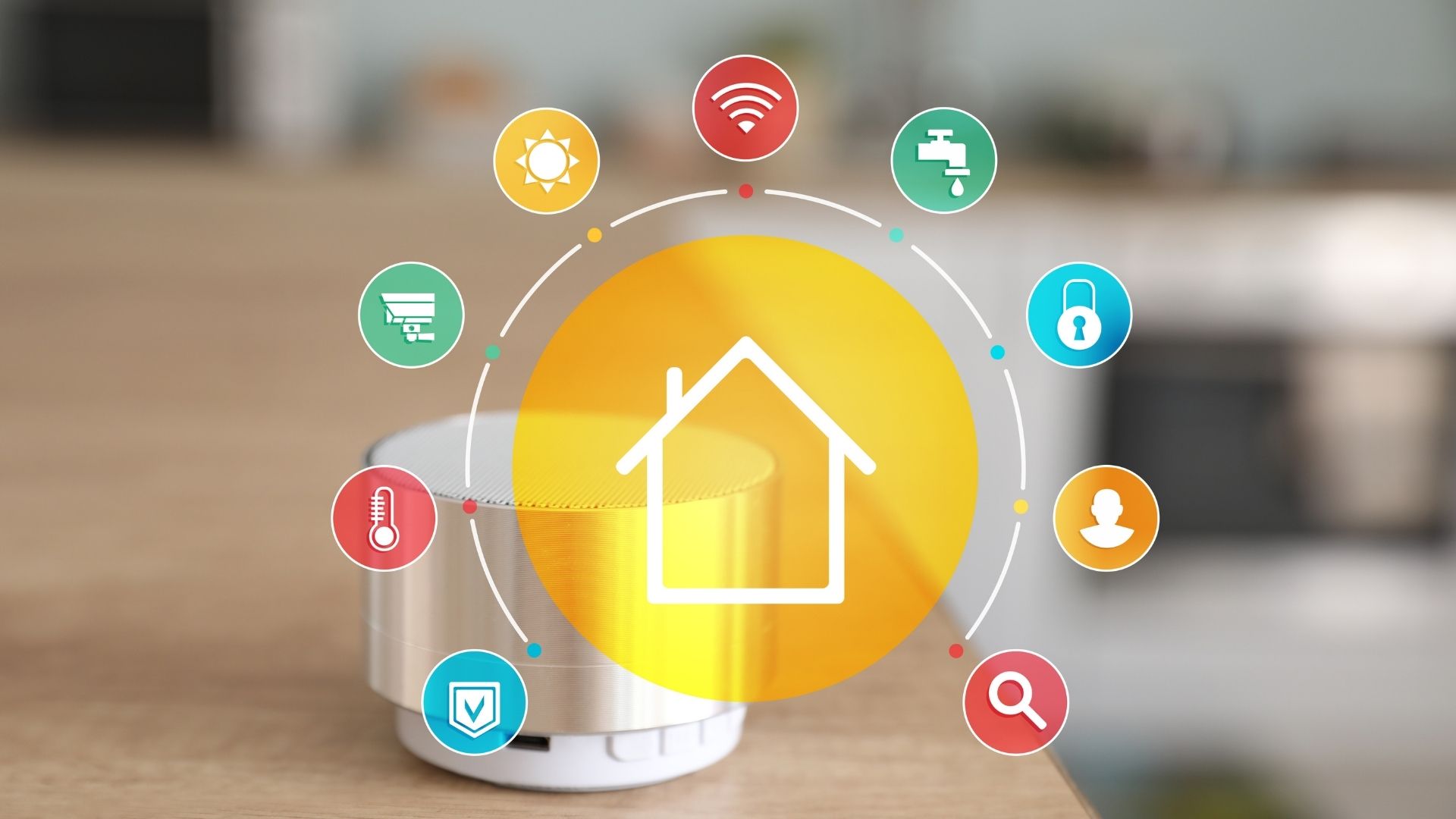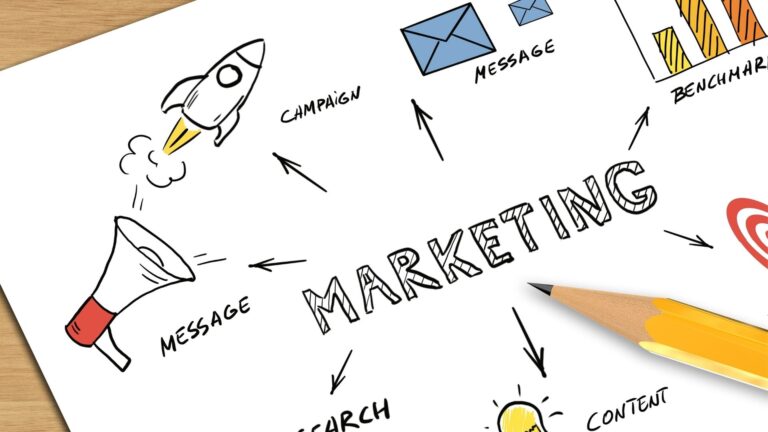Introduction to IoT in Business
The Internet of Things (IoT) is revolutionizing the way businesses operate, offering smarter solutions that enhance efficiency, reduce costs, and provide real-time insights. IoT refers to the interconnected network of physical devices embedded with sensors, software, and other technologies that allow them to communicate and exchange data over the internet.
As businesses strive to stay competitive and digitally advanced, IoT applications in business are rapidly becoming essential across a wide range of industries—from manufacturing and logistics to retail and healthcare.
Key Benefits of IoT in Business
Businesses are leveraging IoT for a variety of strategic benefits:
1. Operational Efficiency: Real-time data from IoT devices enables better monitoring and control of operations, reducing waste and downtime.
2. Predictive Maintenance: Instead of reacting to equipment failures, companies use IoT sensors to predict and prevent them, reducing repair costs and prolonging equipment life.
3. Data-Driven Decisions: IoT generates valuable insights through continuous data collection, which can be analyzed to inform strategic decisions.
4. Enhanced Customer Experience: Smart products and services powered by IoT offer personalization, automation, and improved responsiveness, leading to greater customer satisfaction.
5. Cost Reduction: By optimizing energy usage, inventory levels, and workforce deployment, IoT helps businesses cut costs significantly.
IoT Applications in Manufacturing
The manufacturing industry has seen some of the earliest and most widespread adoption of IoT technologies. Known as Industrial IoT (IIoT), this integration includes:
– **Smart factories:** IoT enables machine-to-machine communication, predictive maintenance, and automated workflows.
– **Asset tracking:** Sensors on machinery and equipment monitor usage, performance, and location in real-time.
– **Quality control:** IoT can detect defects and inconsistencies during production, allowing for immediate corrections.
IoT in Supply Chain and Logistics
IoT is revolutionizing supply chain management with smart tracking and real-time visibility.
– **Fleet management:** GPS-enabled devices and sensors monitor vehicle routes, fuel consumption, and driver behavior.
– **Inventory tracking:** RFID tags and IoT sensors keep accurate records of inventory, reducing losses and stock-outs.
– **Cold chain monitoring:** For temperature-sensitive goods, IoT ensures proper storage conditions throughout transit.
IoT Applications in Retail
Retailers are using IoT to create smarter, more personalized shopping experiences.
– **Smart shelves:** Sensors detect low stock levels and alert staff to restock items.
– **Customer insights:** Beacons and mobile apps track customer movement and preferences in-store.
– **Automated checkout:** IoT solutions enable cashier-less checkouts through smart carts and RFID tagging.
IoT in Healthcare and Wellness
The healthcare industry is experiencing a major shift due to IoT-enabled devices and platforms.
– **Remote patient monitoring:** Wearable devices track vital signs and transmit data to healthcare providers.
– **Smart medical equipment:** Devices automatically adjust settings based on patient data.
– **Inventory management:** Hospitals use IoT to monitor the availability of critical supplies and medicines.
IoT in Smart Office and Workplace Management
Modern workplaces are becoming smarter and more connected thanks to IoT:
– **Energy optimization:** Smart lighting and HVAC systems adjust based on occupancy and usage patterns.
– **Security systems:** IoT-powered access control and surveillance systems enhance workplace safety.
– **Employee productivity:** Smart desks, collaborative tools, and occupancy sensors improve workflow and comfort.
IoT for Agriculture and Farming
Agribusinesses are using IoT for smarter and more sustainable farming practices:
– **Precision agriculture:** Sensors monitor soil moisture, nutrient levels, and weather conditions.
– **Livestock tracking:** Wearables track animal health, movement, and productivity.
– **Automated irrigation:** IoT-enabled systems control watering schedules based on real-time environmental data.
IoT in Energy and Utilities
Utilities companies are leveraging IoT for smart grid management and sustainable energy use:
– **Smart meters:** Provide real-time data on electricity, gas, and water usage.
– **Grid monitoring:** Sensors detect faults, outages, and inefficiencies in utility infrastructure.
– **Demand forecasting:** Data analysis helps predict usage patterns and optimize energy distribution.
Challenges of Implementing IoT in Business
Despite the advantages, businesses face several challenges when integrating IoT:
– **Security concerns:** IoT devices can be vulnerable to cyberattacks if not properly secured.
– **Data privacy:** With massive data collection, ensuring compliance with privacy regulations is critical.
– **Integration issues:** IoT systems must work seamlessly with existing infrastructure and platforms.
– **Cost of deployment:** Initial investment in devices, networks, and software can be significant.
Future Trends in IoT for Business
As technology advances, we can expect further innovation and expansion of IoT in business. Some key trends include:
– **Edge computing:** Processing data closer to the source for faster responses and reduced bandwidth.
– **AI and IoT convergence:** Combining AI with IoT for smarter analytics and automation.
– **5G networks:** Enabling faster, more reliable IoT communication and data transfer.
– **Digital twins:** Creating virtual models of physical assets for better simulation, analysis, and optimization.
Conclusion
IoT applications in business are reshaping industries and unlocking new levels of innovation, efficiency, and profitability. From manufacturing floors to corporate offices, smart devices and connected systems are enabling more intelligent decision-making, streamlined operations, and improved customer experiences.
For companies looking to stay ahead in the digital age, adopting IoT technology is no longer optional—it’s a strategic imperative. By carefully planning implementation and addressing challenges, businesses can harness the full power of IoT to drive sustainable growth and transformation.







